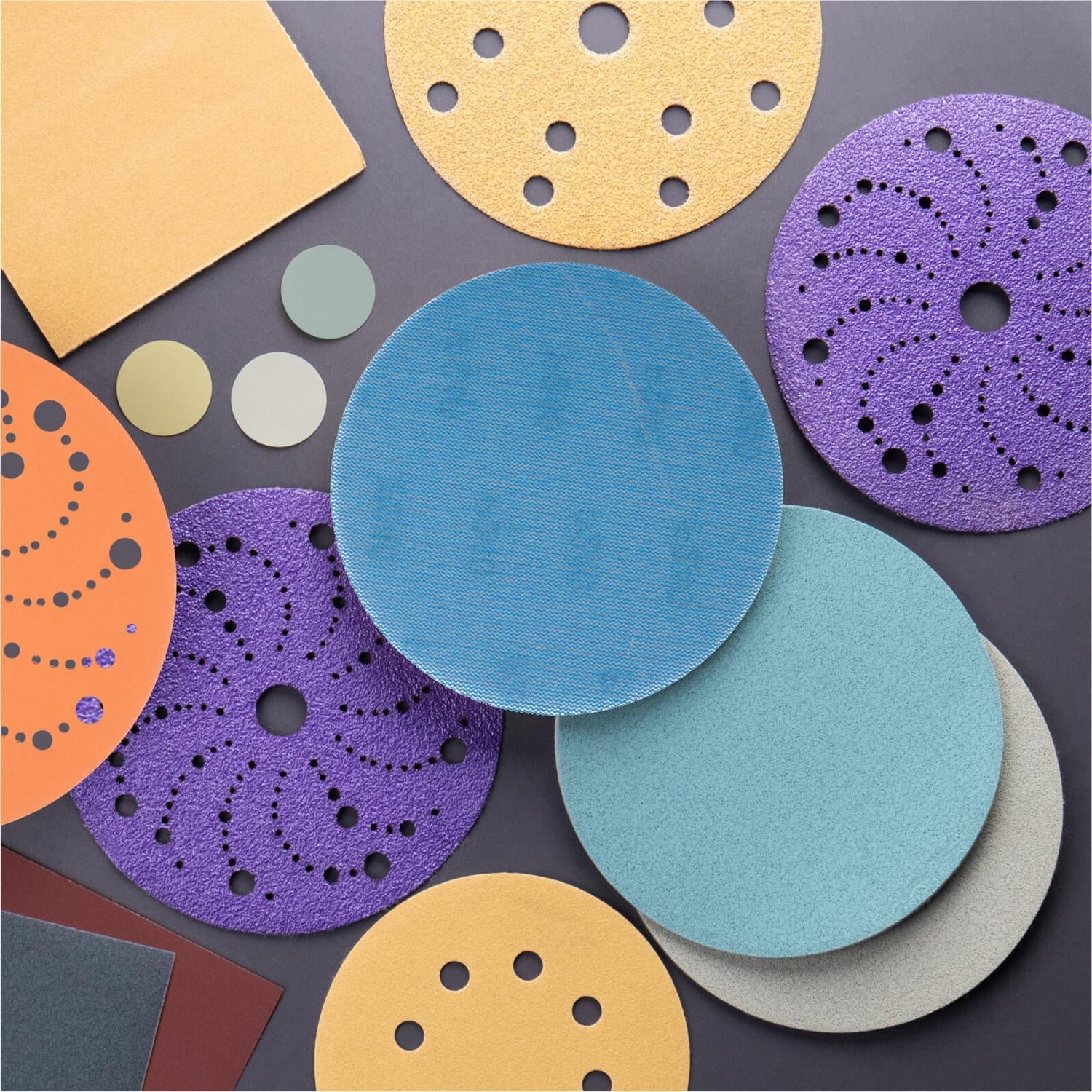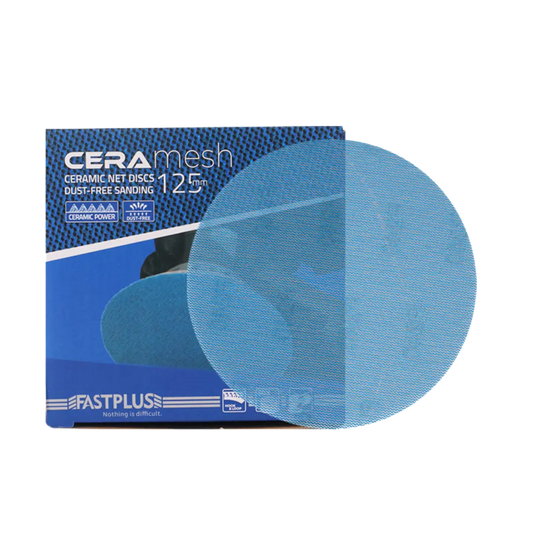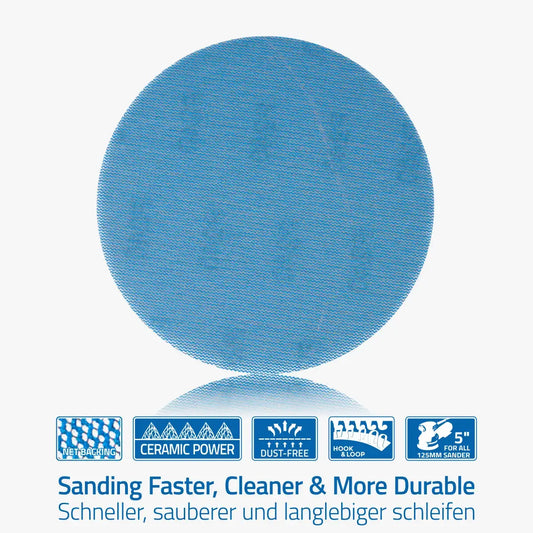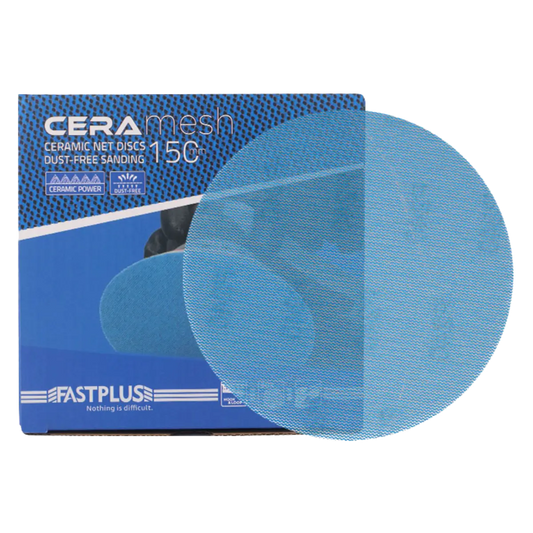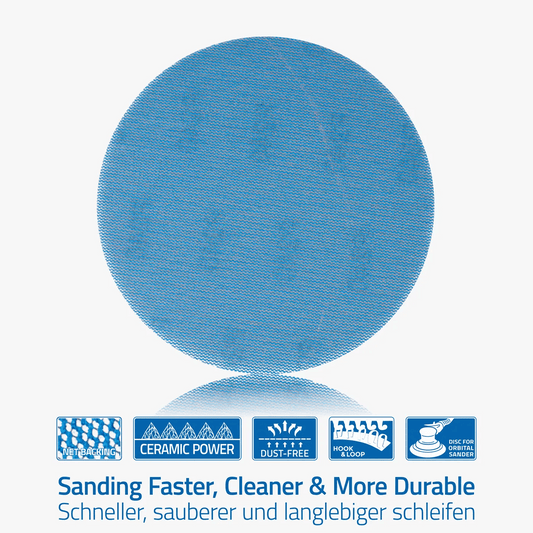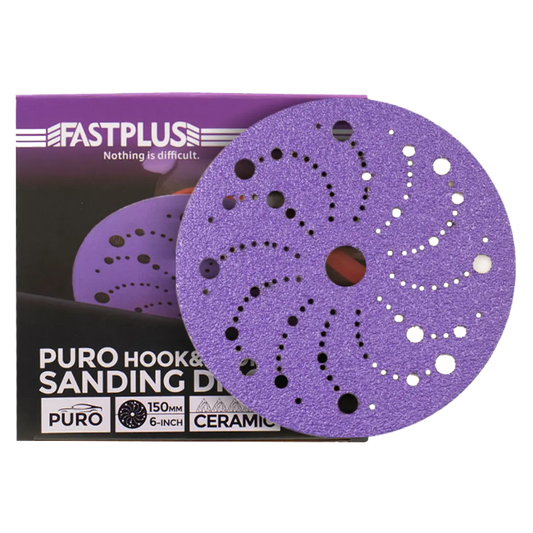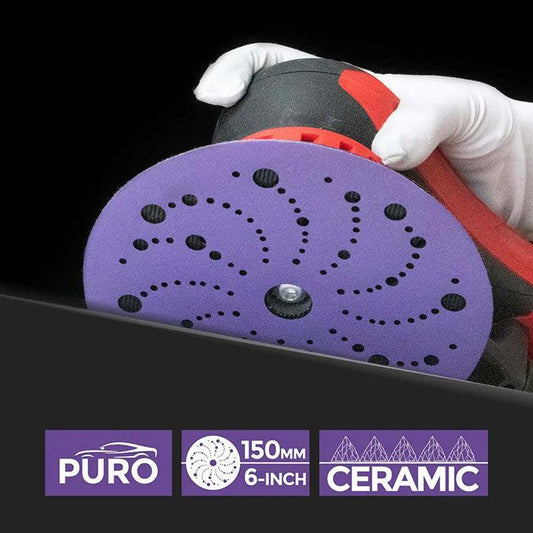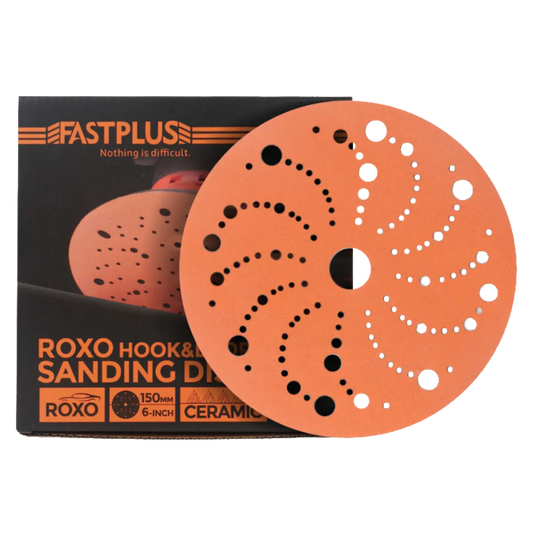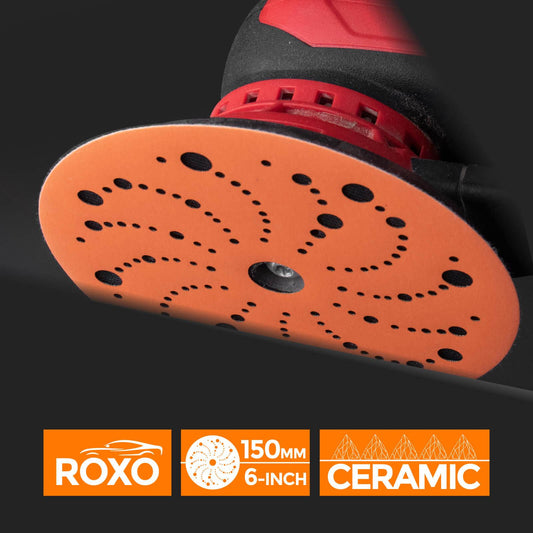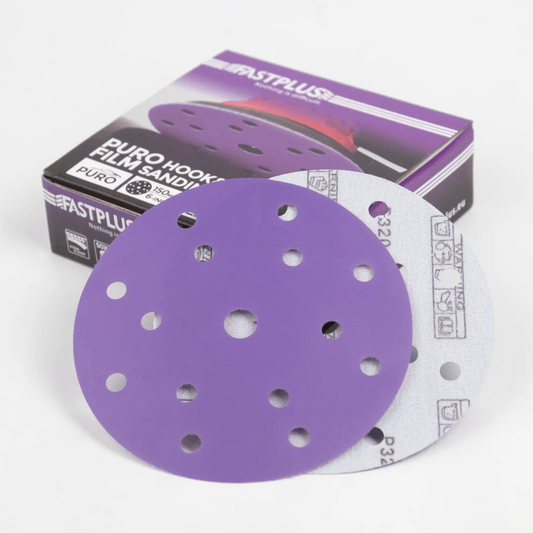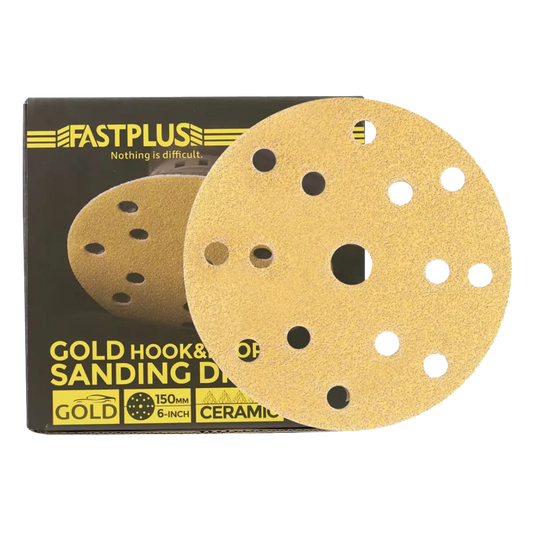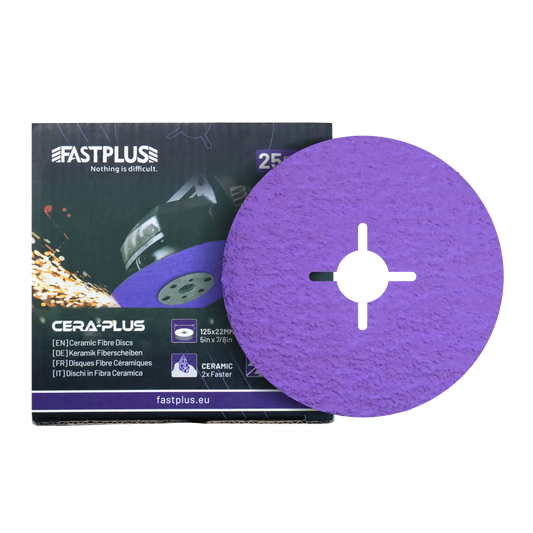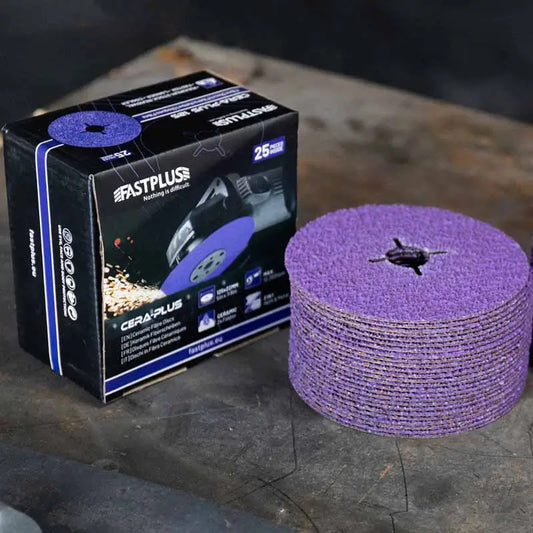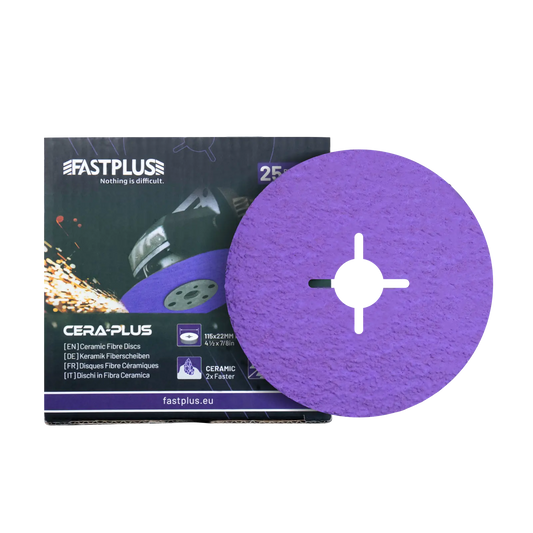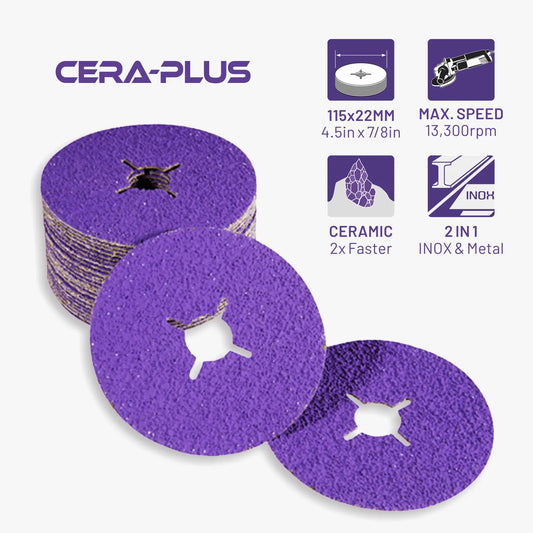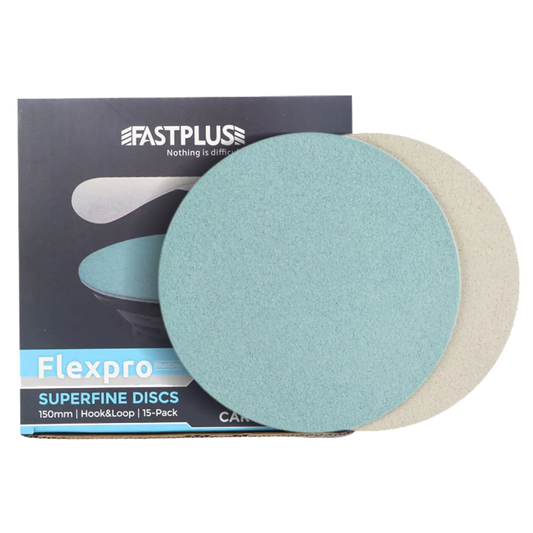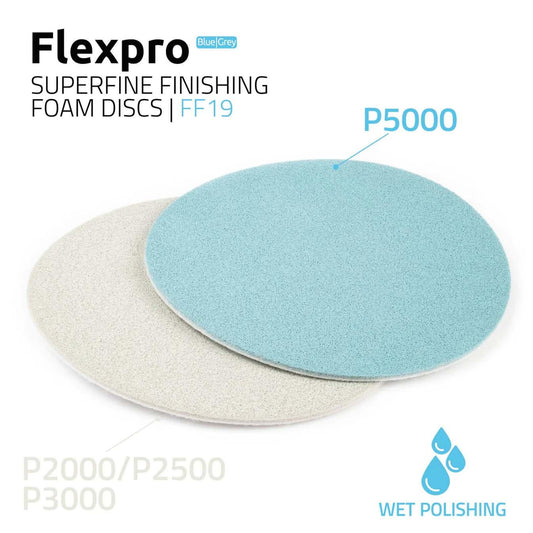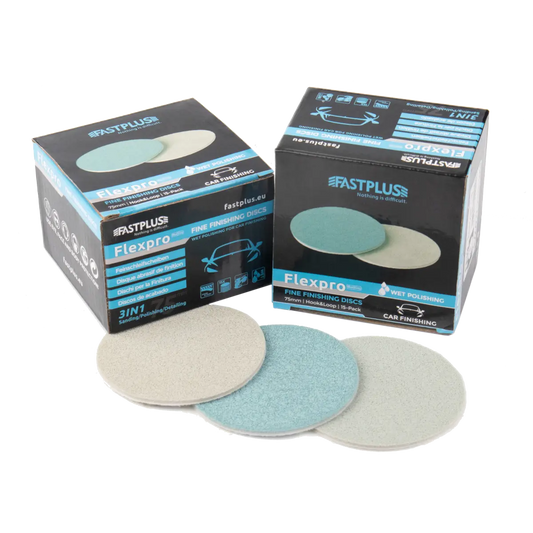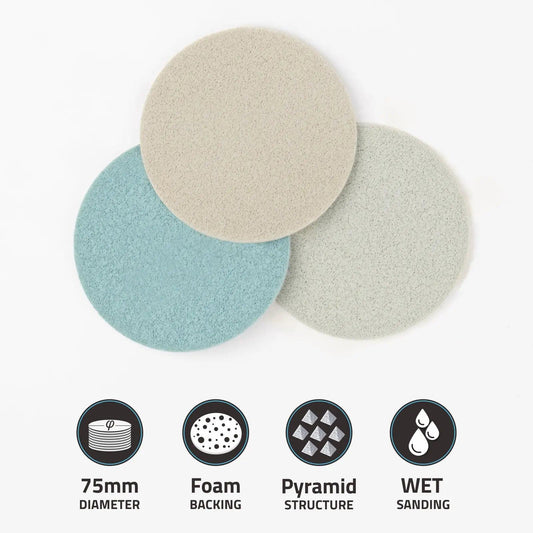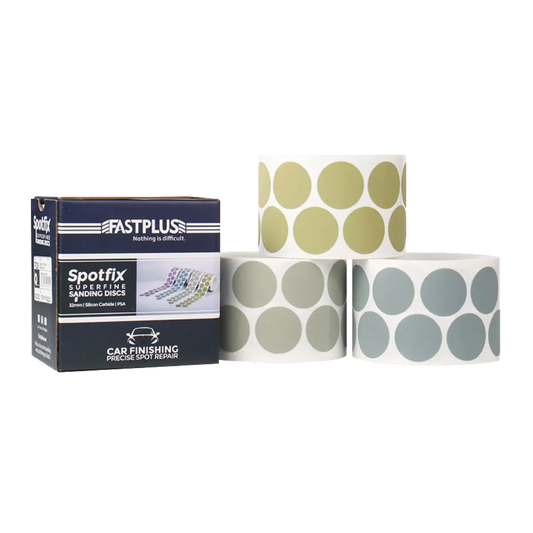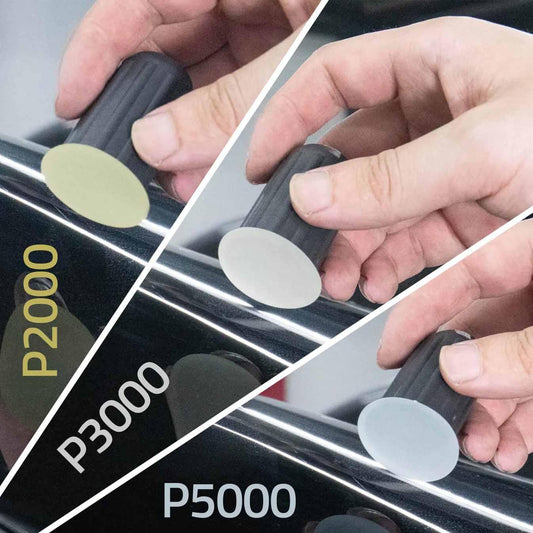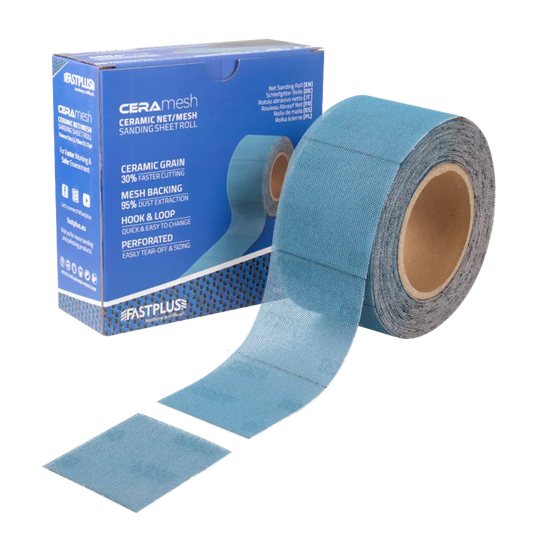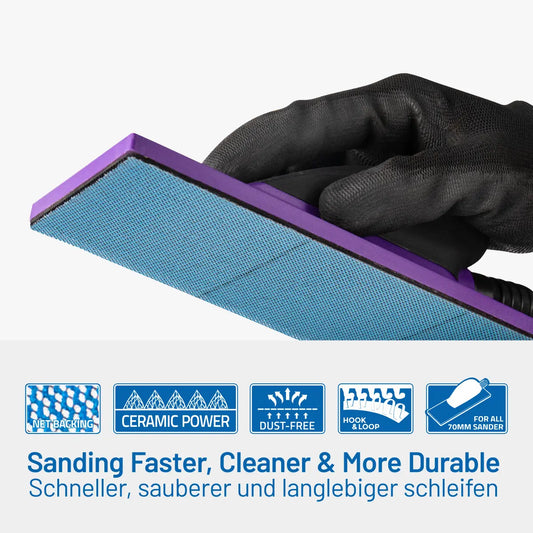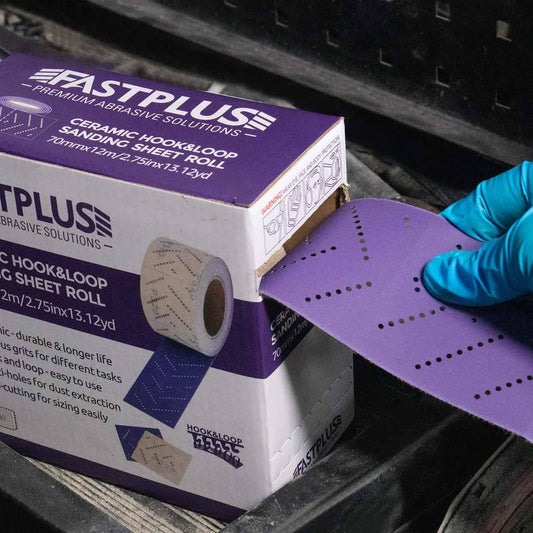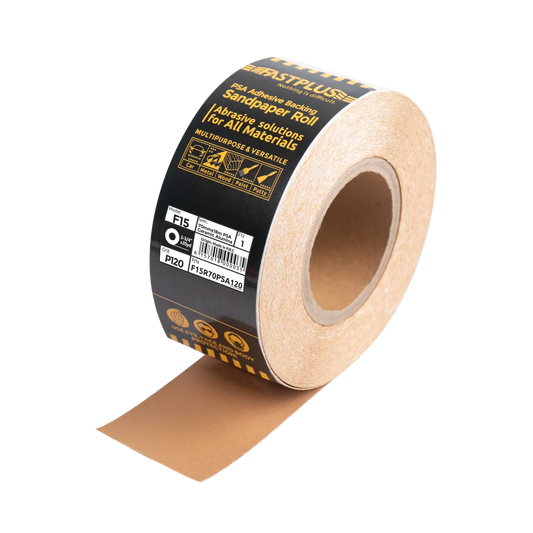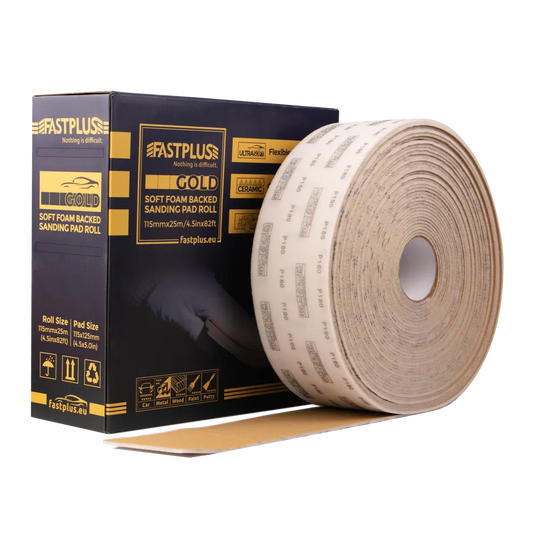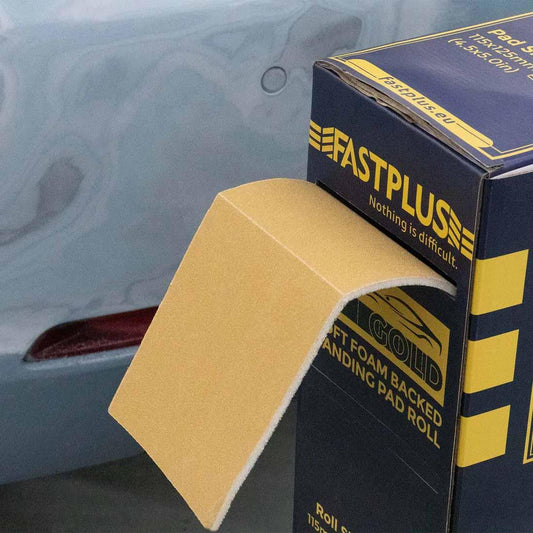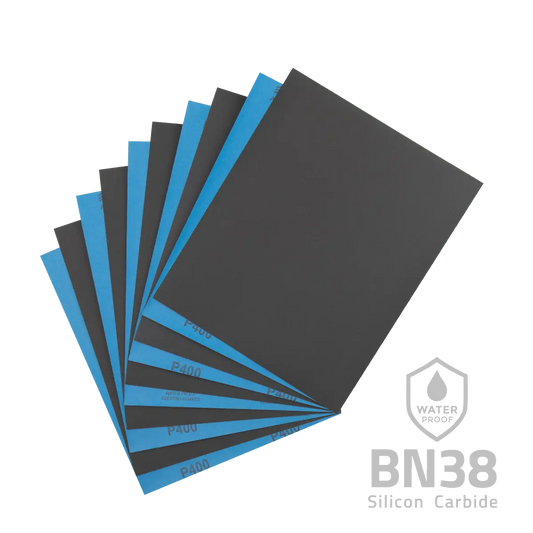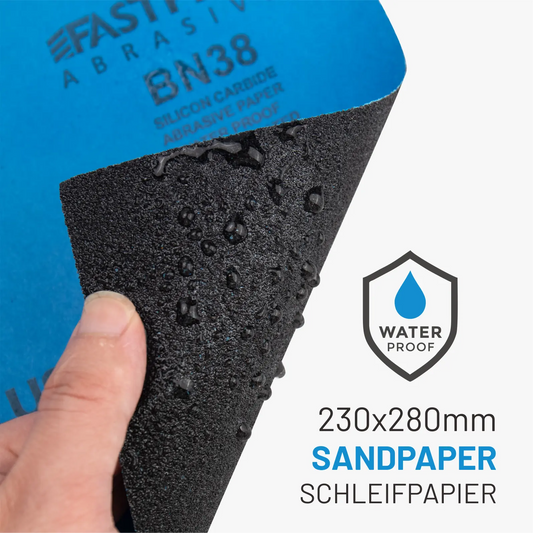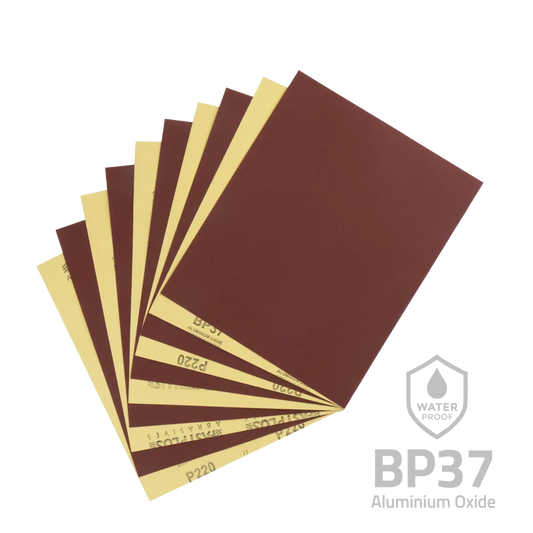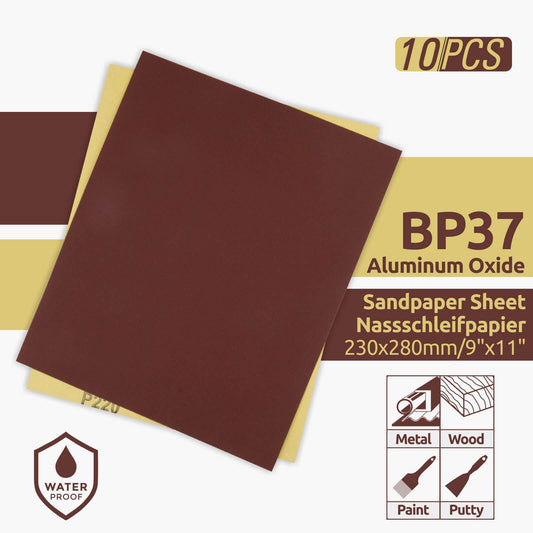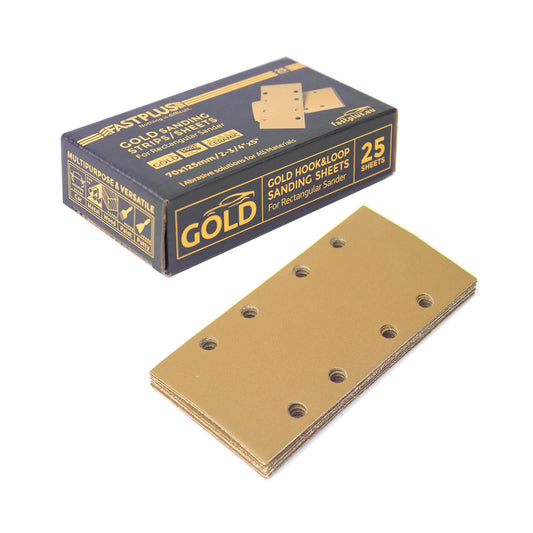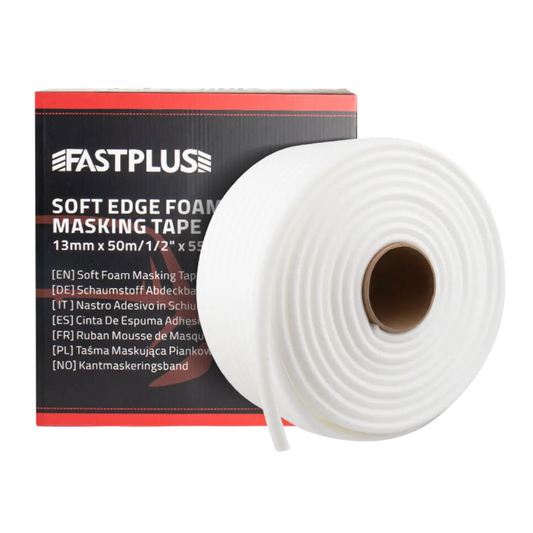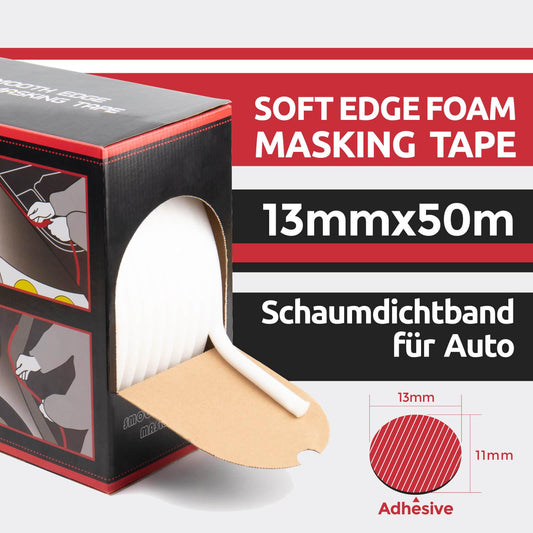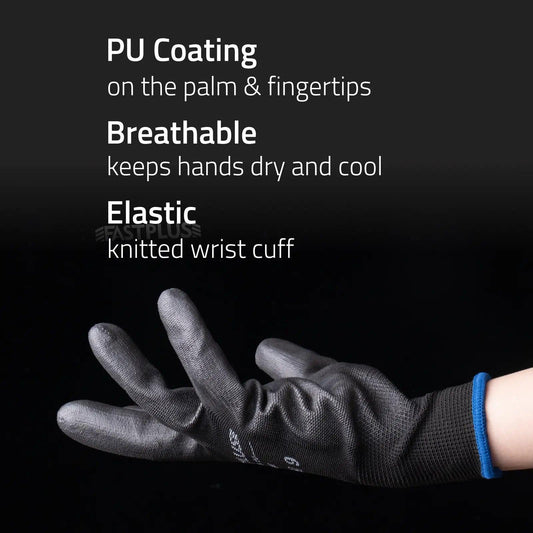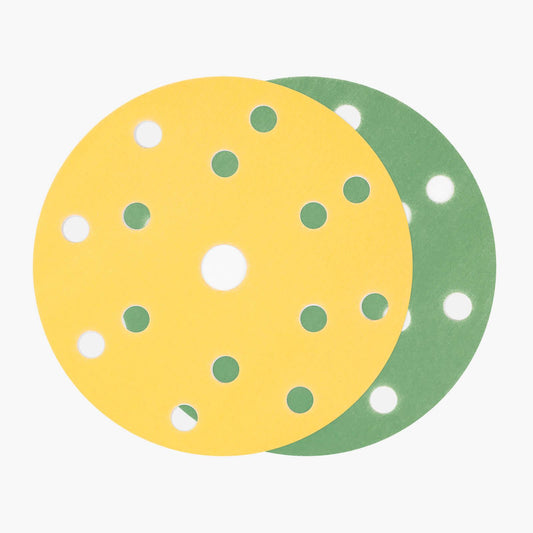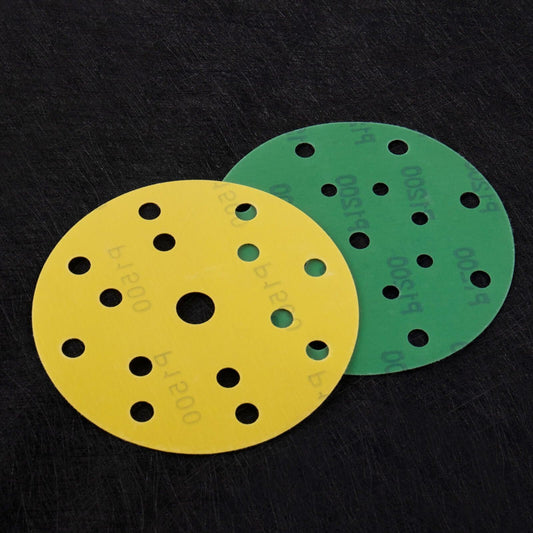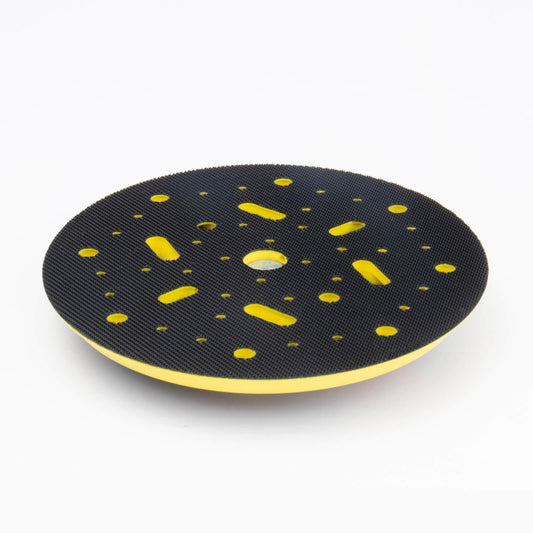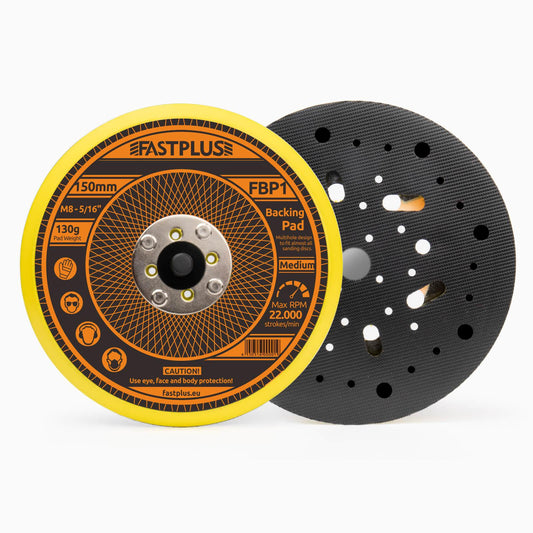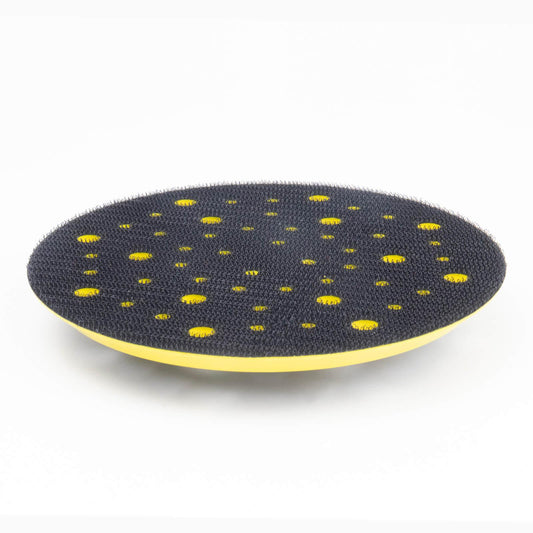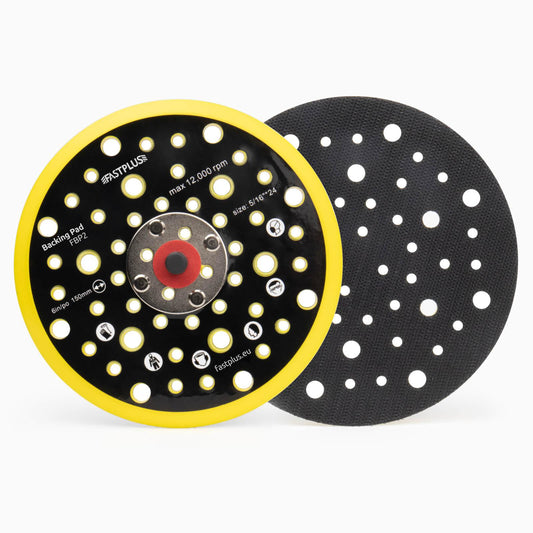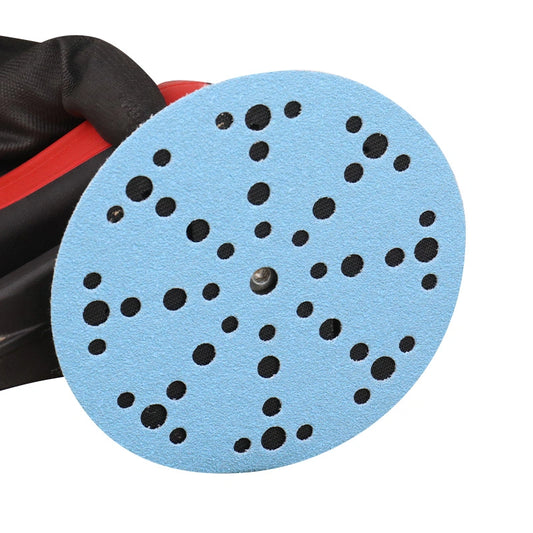
Easy Guide to Mask and Paint Your Motorcycle
Painting your motorcycle is one of the most impactful ways to customize its appearance. Whether you're looking to refresh a worn-out finish or create a completely new look, learning how to properly mask and paint a motorcycle 🏍️ is a rewarding and cost-effective project. In this guide, we’ll walk you through every step—from preparation and masking to painting and finishing—so you can achieve that sleek, professional finish right in your garage.
Why Painting Your Motorcycle Matters
A fresh coat of paint not only enhances the aesthetics but also protects the metal from rust, corrosion, and weather damage. It gives you a chance to personalize your bike’s look with bold colors, custom graphics, or even vintage-inspired themes.
However, a good paint job requires careful planning, proper preparation, and attention to detail. Rushing through the process can lead to uneven finishes, paint runs, or even long-term damage to components. The key is patience, cleanliness, and technique.
Tools and Materials You'll Need 🧰
Before starting, make sure you have all the necessary tools and materials:
Supplies:
- Automotive-grade paint (base coat, clear coat, primer)
- Sandpaper (grits 320, 600, 800, 1000, and 2000)
- Masking tape (automotive or painter’s tape)
- Masking paper or plastic sheeting
- Degreaser or wax remover
- Tack cloth
- Body filler (if needed)
- Paint gun or spray cans
- Air compressor (if using a paint gun)
- Safety gear (gloves, goggles, respirator)
Steps to Mask & Paint a Motorcycle 🔧🎨
Ready to bring your custom vision to life? Below are the step-by-step instructions that will help you go from prep to final polish like a pro.
Step 1: Disassemble the Motorcycle
You’ll want to remove all parts that will be painted, including:
- Fuel tank
- Fenders (front and rear)
- Side panels
- Fairings (if applicable)
- Headlight bezel or cowl
Disassembling helps you reach every surface easily and prevents overspray on mechanical components like the engine, exhaust, and wheels.
Use zip-lock bags to keep bolts and screws organized and label each set accordingly.
Step 2: Clean and Degrease 🧼
Thoroughly wash each component with soap and water to remove dirt, grease, and road grime. Follow this with a degreaser or wax remover to eliminate any remaining residues.
Even invisible grease can affect paint adhesion, so don’t skip this step.
Step 3: Sand the Surface
Sanding provides a textured surface for the primer and paint to bond to. Start with 320-grit sandpaper to scuff the original paint or clear coat.
If you're repainting a surface with minor chips or scratches, consider using body filler to repair those areas before sanding smooth.
For plastic parts, use a scuff pad or wet sanding technique to avoid damaging the surface.
Make sure the entire surface has a uniform dull finish with no glossy spots—those indicate areas that need more sanding.

Step 4: Masking
Masking is essential to ensure clean lines and prevent overspray. Use high-quality automotive masking tape and masking paper (avoid newspaper—it can bleed ink).
Areas to Mask:
- Bolt holes and mounting points
- Gas cap opening
- Rubber grommets
- Underside of the fuel tank
- Any parts not removed (e.g., engine or suspension if not detached)
When masking curves or complex areas, use narrow masking tape and gently stretch it to form smooth lines.
If you're planning a two-tone or custom design, plan your lines carefully. Use fine line tape for crisp edges.
Step 5: Prime the Surface
Apply 2–3 coats of automotive primer, allowing proper flash time (10–15 minutes) between coats.
Primer helps the paint adhere better and hides small imperfections. Use a light gray primer for bright colors or a dark primer for deep shades.
After the primer dries (usually 1–2 hours), wet sand with 600-grit sandpaper for a smooth finish. Rinse, dry, and wipe with a tack cloth to remove dust.
Step 6: Apply Base Coat 🎨
Now comes the exciting part—adding color!
Spray Technique:
- Hold the gun/spray can 6–8 inches away from the surface.
- Apply thin, even coats in a sweeping motion.
- Avoid stopping and starting in the middle of a stroke to prevent blotches.
Apply 3–4 coats of base color, allowing each to dry according to the manufacturer’s recommendation (typically 10–20 minutes).
Let the base coat cure for at least an hour before applying the clear coat.
Step 7: Apply Clear Coat ✨
The clear coat protects the paint and gives it that deep, glossy finish. Use the same spraying technique—thin and even coats.
Apply 2–4 coats, allowing 15–20 minutes between each. Don’t rush the clear coat—applying it too thick can cause runs or sagging.
After the final coat, allow it to cure for at least 24–48 hours in a dust-free environment.
Step 8: Wet Sand and Buff (Optional but Recommended)
To achieve a glass-smooth finish, wet sand the clear coat with 1000, 1500, and 2000 grit sandpaper.
Use plenty of water and sand lightly to remove imperfections like orange peel or dust nibs.
After wet sanding, buff the surface with a polishing compound and a soft buffing pad. This step brings out a deep gloss and professional appearance.
Finish with a wax or paint sealant after the clear coat has fully cured (usually 7–10 days).

Step 9: Reassemble and Inspect 🔩
Once the paint is fully cured, carefully remove all masking tape and reassemble your motorcycle.
Inspect each part for:
- Consistent color and texture
- Clean paint edges
- No missed spots or overspray
Reinstall the components carefully to avoid scratching your new paint.
Tips for a Professional-Looking Result 💡
- Work in a clean, dust-free area: A garage or spray booth is ideal.
- Use proper safety gear: Paint fumes can be hazardous. Always wear a respirator.
- Don’t paint on humid or rainy days: Moisture affects adhesion and finish.
- Test spray on scrap: Always test your spray pattern and color match before committing.
- Be patient: Rushing any step often leads to mistakes.
Common Mistakes to Avoid 🚫
- Skipping surface prep: Poor sanding or cleaning can ruin your final finish.
- Using low-quality tape or paper: This leads to paint bleed or peeling.
- Applying paint too thickly: Causes runs and sagging.
- Not allowing proper cure time: Premature assembly can leave fingerprints or scuffs.
Can I Use Spray Cans Instead of a Paint Gun?
Yes, rattle cans can be used for smaller DIY projects. They’re affordable and accessible but require more coats for even coverage. Make sure to use automotive-grade spray paint and follow the same prep and curing guidelines.
Final Thoughts 🏁
Learning how to mask and paint a motorcycle yourself is both an art and a science. With proper preparation, patience, and practice, you can create a head-turning finish that reflects your personal style—while saving money compared to a professional shop.
It’s not just about paint—it’s about pride in your work, attention to detail, and bringing your vision to life on two wheels.
FAQs
Q: How long does the entire process take?
A: Depending on drying times and curing, the full project can take 3–7 days.
Q: Can I paint over chrome?
A: Chrome must be sanded and primed properly with an adhesion promoter to ensure the paint sticks.
Q: How much paint do I need?
A: For a full bike, plan on using 1 quart each of primer, base, and clear—or 3–5 spray cans of each if not using a paint gun.
🛒 Need Quality Sandpaper for Your Project?
FastPlus – your trusted sandpaper store – offers a wide range of abrasive products perfect for motorcycle painting and refinishing. Whether you need fine grit for wet sanding or durable discs for surface prep, we’ve got you covered.
👉 Explore our motorcycle sanding solutions today at FastPlus!
